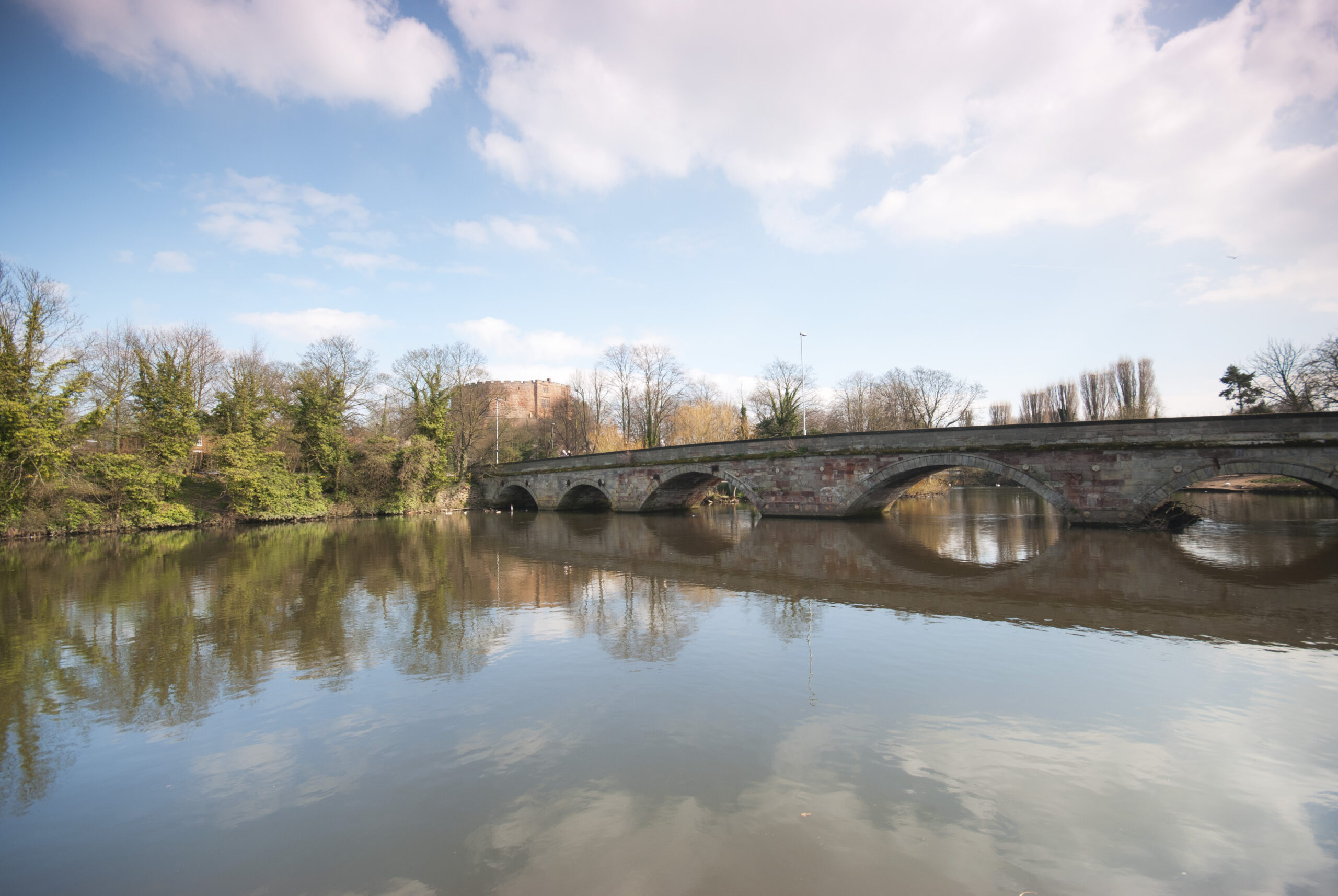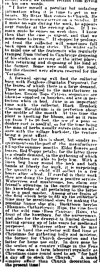-
Welcome to this forum . We are a worldwide group with a common interest in Birmingham and its history. While here, please follow a few simple rules. We ask that you respect other members, thank those who have helped you and please keep your contributions on-topic with the thread.
We do hope you enjoy your visit. BHF Admin Team
You are using an out of date browser. It may not display this or other websites correctly.
You should upgrade or use an alternative browser.
You should upgrade or use an alternative browser.
Herb Gatherer
- Thread starter Tinpot
- Start date
Watercress?? From beds near the river?
Eliza James sold watercress in Birmingham from age of 5 and eventually founded a business in London.https://en.wikipedia.org/wiki/Eliza_James
Eliza James sold watercress in Birmingham from age of 5 and eventually founded a business in London.https://en.wikipedia.org/wiki/Eliza_James
Last edited:
I'm not sure watercress would count as a herb though there was a ready market. Some other possibilities https://www.adrianflux.co.uk/victorian-homes/herbs-the-victorians-used-for-medicinal-properties/
At that time people were prepared to walk distances to get to their work, so I do not think that the herbs he collected would necessaril be close to Rea St. At the time there were two herbalists in Moor St and one in Worcester St, both quite close and so he might be supplying either of those close to his home
Pedrocut
Master Barmmie
“…trout from the Tame were served at Queen Victoria’s coronation dinner in 1838.”

 www.tamevalleywetlands.co.uk
www.tamevalleywetlands.co.uk

River Tame | Tame Valley Wetlands
Foxglove tea and poppy flowers!From the Bedfordshire Times of June 1910, hard to read but gives an idea…
View attachment 174624View attachment 174625
What a fascinating story of Eliza the Watercress Queen. Watercress was my first thought too.Watercress?? From beds near the river?
Eliza James sold watercress in Birmingham from age of 5 and eventually founded a business in London.https://en.wikipedia.org/wiki/Eliza_James
Eliza had an extraordinary life. But I think the herb gatherer would collect everything in season. I imagine there would be a market for anything green and medicinal, this was an age of adulterated food, bulking out bread with chalk. I doubt they would be put off by sewage in the water either! A settlement pond and filter bed would help too.
Last edited:
Thanks Pedrocut. The details from the Bedfordshire Times is a great reminder of the resources from the hedgerows and fields. Dandelion and burdock, herbal remedies, syrups, lozenges, dyes, perfumes, teas etc.TinpotAs difficult to read I have listed a few of the gatherings…
Dandelion roots, Wood Laurel, Briar stock, Foxglove, Black Hemlock, Elderflower, Red poppy petals, Watercress, Mushrooms, Buckthorn, Rose hips.
I am reminded of a holiday in France where the rabbits were kept in the barn on the farm and the old granny would go out every day to collect food from the fields and hedgerows for them.Eliza had an extraordinary life. But I think the herb gatherer would collect everything in season. I imagine there would be a market for anything green and medicinal, this was an age of adulterated food, bulking out bread with chalk. I doubt they would be put off by sewage in the water either! A settlement pond and filter bed would help too.
Lucky rabbits, until it was time for the pot! When my children had rabbits I learned to recognise different wild plants for them to eat.I am reminded of a holiday in France where the rabbits were kept in the barn on the farm and the old granny would go out every day to collect food from the fields and hedgerows for them.
how intersting...thanks stokkieWatercress?? From beds near the river?
Eliza James sold watercress in Birmingham from age of 5 and eventually founded a business in London.https://en.wikipedia.org/wiki/Eliza_James
lyn
izzy eckerslike
yow've med my day yaw av
------------------------------------------------------------------I'm not sure watercress would count as a herb though there was a ready market. Some other possibilities
In botany the word herb refers to any herbaceous plant without a woody stem and which dies back in winter.
Contrary to popular belief Bananas don't grow on a tree but are classed as a perennial herb with old foliage dying off and new shoots appearing each season
Last edited:
If you look at the map even now there are still the remnants of a river valley/flood plain which goes on through to Moor Green and Stirchley.In 1861 the River Rea may have been quite clean from the Wisely Hills to at least Cannon Hill Park ? If so it wouldn't have been too far to walk, but would Lord Calthorpe allow ?




